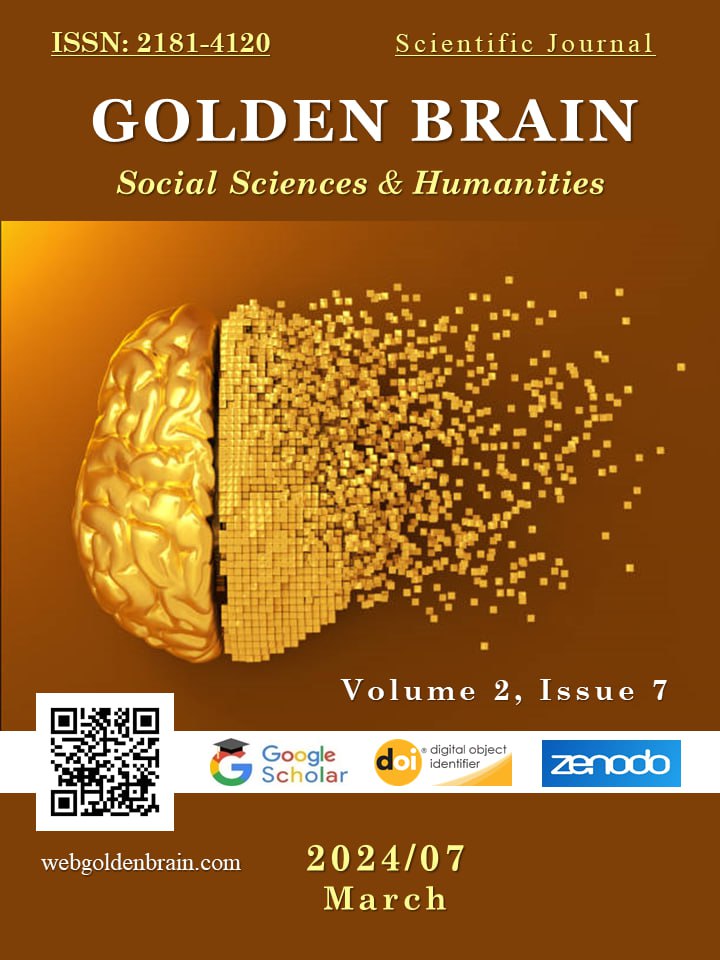USING GAMES AND ACTIVITIES TO ENHANCE LEARNING
Main Article Content
Abstract
Incorporating games and activities in the classroom not only fosters vocabulary retention and grammar comprehension but also helps students develop their confidence in using the target language through meaningful and enjoyable practice opportunities.
Article Details

This work is licensed under a Creative Commons Attribution 4.0 International License.
How to Cite
References
Ellis, R. (2008). The Study of Second Language Acquisition (2nd ed.). Oxford University Press.
Thornbury, S. (2005). How to Teach Speaking. Pearson Education Limited.
Graves, M. F. (2006). The Vocabulary Book: Learning and Instruction. Teachers College Press.
Nation, I. S. P. (2008). Teaching Vocabulary: Strategies and Techniques. Heinle Cengage Learning.
Marzano, R. J. (2004). Building Background Knowledge for Academic Achievement: Research on What Works in Schools. Association for Supervision and Curriculum Development.
Nunan, D. (1999). Second Language Teaching & Learning. Heinle Cengage. Learning.
Richards, J. C., & Rodgers, T. S. (2001). Approaches and Methods in Language Teaching. Cambridge University Press.
Thornbury, S. (2002). How to Teach Vocabulary. Pearson Education Limited.
Willis, J., & Willis, D. (2007). Doing Task-Based Teaching. Oxford University Press.
Wright, A., Betteridge, D., & Buckby, M. (2014). Games for Language Learning (3rd ed.). Cambridge University Press.
Yule, G. (2014). The Study of Language (5th ed.). Cambridge University Press.
